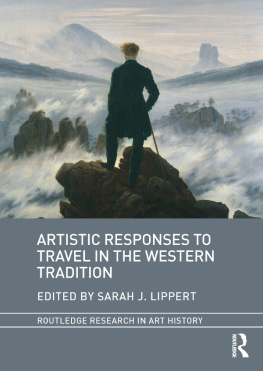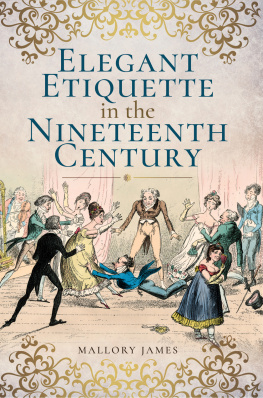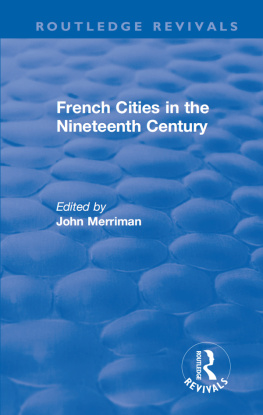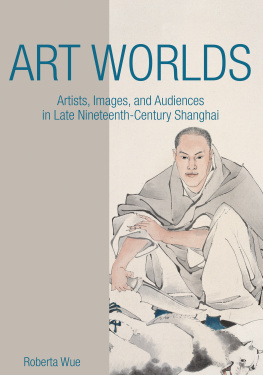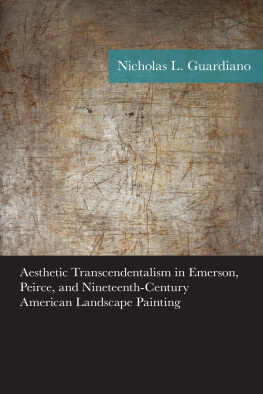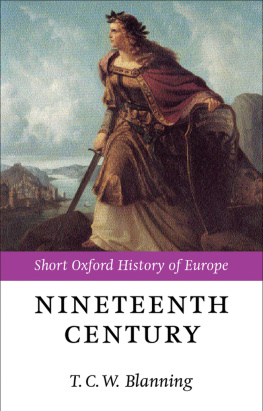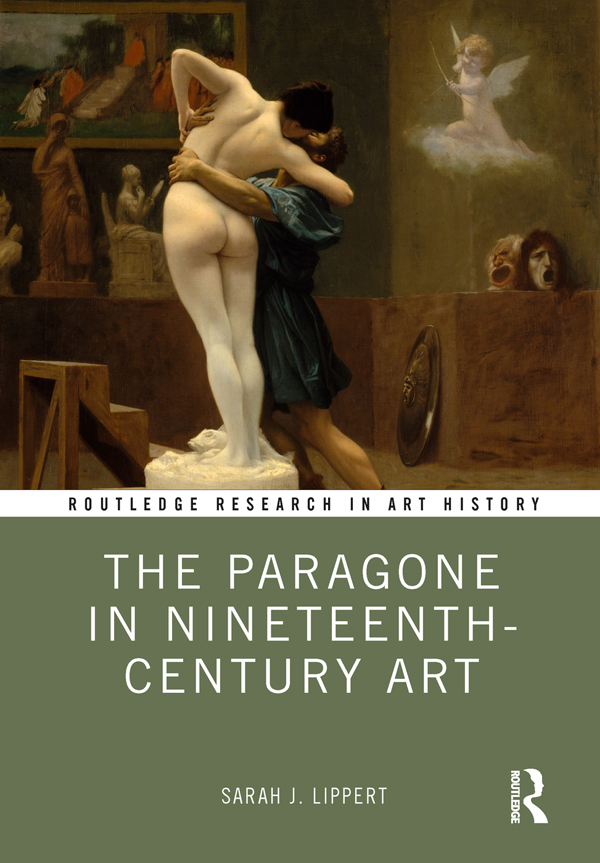
The Paragone in Nineteenth-Century Art
Offering an examination of the paragone, meaning artistic rivalry, in nineteenth-century France and England, this book considers how artists were impacted by prevailing aesthetic theories, or institutional and cultural paradigms, to compete in the art world. The paragone has been considered primarily in the context of Renaissance art history, but in this book readers will see how the legacy of this humanistic competitive model survived into the late nineteenth century.
Sarah J. Lippert is Associate Professor of Art History and at the University of Michigan-Flint, USA and Editor-in-Chief of the journal Paragone: Past and Present.
Cover image: Gerome, Jean Leon (18241904), Pygmalion and Galatea, ca. 1890. Oil on canvas, 35 x 27 in. (88.9 x 68.6 cm). Gift of Louis C. Raegner, 1927 (27.200). The Metropolitan Museum of Art. Image Copyright The Metropolitan Museum of Art. Image source: Art Resource, NY.
Routledge Research in Art History
Routledge Research in Art History is our home for the latest scholarship in the field of art history. The series publishes research monographs and edited collections, covering areas including art history, theory, and visual culture. These high-level books focus on art and artists from around the world and from a multitude of time periods. By making these studies available to the worldwide academic community, the series aims to promote quality art history research.
Pop Art and Popular Music
Jukebox Modernism
Melissa Mednicov
Globalizing East European Art Histories
Past and Present
Edited by Beta Hock and Anu Allas
Visual Typologies from the Early Modern to the Contemporary
Local Contexts and Global Practices
Edited by Tara Zanardi and Lynda Klich
Cultural Mobility in the Interwar Avant-Garde Art Network
Poland, Belgium and the Netherlands
Micha Wenderski
New Geographies of Abstract Art in Postwar Latin America
Edited Mariola V. Alvarez and Ana M. Franco
Ren Magritte and the Art of Thinking
Lisa Lipinski
The Paragone in Nineteenth-Century Art
Sarah J. Lippert
For a full list of titles in this series, please visit https://www.routledge.com/Routledge-Research-in-Art-History/book-series/RRAH
Between pages 82 and 83
First published 2019
by Routledge
52 Vanderbilt Avenue, New York, NY 10017
and by Routledge
2 Park Square, Milton Park, Abingdon, Oxon, OX14 4RN
Routledge is an imprint of the Taylor & Francis Group, an informa business
2019 Taylor & Francis
The right of Sarah J. Lippert to be identified as author of this work has been asserted by her in accordance with sections 77 and 78 of the Copyright, Designs and Patents Act 1988.
All rights reserved. No part of this book may be reprinted or reproduced or utilised in any form or by any electronic, mechanical, or other means, now known or hereafter invented, including photocopying and recording, or in any information storage or retrieval system, without permission in writing from the publishers.
Trademark notice: Product or corporate names may be trademarks or registered trademarks, and are used only for identification and explanation without intent to infringe.
Library of Congress Cataloging-in-Publication Data
Names: Lippert, Sarah J., 1975 author.
Title: The paragone in nineteenth-century art / Sarah Jordan Lippert.
Description: New York : Routledge, 2019. | Series: Routledge research in art history | Includes index.
Identifiers: LCCN 2018053053 | ISBN 9781472430953 (hardback : alk. paper) |
ISBN 9780367140458 (ebook : alk. paper)
Subjects: LCSH: Aesthetics, French19th century. | Aesthetics, British19th century. | Paragone (Aesthetics)
Classification: LCC BH221.F8 L57 2019 | DDC 701/.1709034dc23
LC record available at https://lccn.loc.gov/2018053053
ISBN: 978-1-4724-3095-3 (hbk)
ISBN: 978-0-367-14045-8 (ebk)
Typeset in Sabon
by codeMantra
Dedicated to
The late Dr. Gerard George Lippert
The late Dr. Brian Curran
The late Dr. George Mauner
The author wishes to acknowledge Margaret Michniewicz, Liana De Girolami Cheney, and David Cuthbertson for their support of the project. The author wishes to thank the University of Michigan for its support of this project through the University of Michigan Office of Research. The following organisations are also acknowledged for the assistance of their staff in various research efforts:
Ashmolean Museum, Oxford
Birmingham Museum and Art Gallery, Birmingham
Hearst Castle, San Simeon
Institut national dhistoire de lart, Paris
Manchester Art Gallery, Manchester
Muse dOrsay, Archive Centre, Paris
Muse du Louvre, Paris
Dpartement des arts graphiques
Dpartement des peintures
Dpartement des sculptures
Muse Girodet, Montargis
Muse Gustave Moreau, Paris
The Fitzwilliam Museum, Cambridge
The Getty Research Institute, Los Angeles
The Huntington Library, San Marino
Victoria and Albert Museum Prints and Drawing Study Room, London
Beardsley, Aubrey
Beau idal
Burne-Jones, Sir Edward Coley
Endymion
Galatea
Grme, Jean-Lon
Girodet, Anne-Louis Trioson
Huysmans, Joris-Karl
Iconophobia
Medusa
Metamorphosis
Moreau, Gustave
Narcissus
Ovid
Paragone
Perseus
Polychrome
Pygmalion
Salom
Ut pictura poesis
Watts, George Frederic
Wilde, Oscar
This book is about the paragone or rivalry in the arts. This rivalry began in classical antiquity and has informed the theoretical and practical relationship between the arts ever since. During the Renaissance, visual artists responded to the pervasive belief that the literary arts were superior to their own, and participated in literary and other disputations, such as over which medium could best express the glory of God and nature. The debate continued in various permutations into the nineteenth century. While most art historians are familiar with the paragone tradition of the Renaissance, the exploration of its reincarnations in post-Renaissance contexts is this books concern.
A paragonising artist can be one of any era or discipline and is not limited by tradition or the canon of art history. Very simply, a paragonising artist is an artist who takes a competitive approach to artistic production, in theory, practice, or both. Some competitive artists are only mildly devoted to the concept of competition and often simultaneously espouse a sister arts attitude, whereby the qualities of other art forms are celebrated. On the other hand, paragonising approaches reach the opposite extreme, with artists who are so competitive that they cultivate hostile relationships with, or opinions about, other artists or media. So, the term paragonising means a competitive approach.
In contrast to many explorations of wordimage relationships, as well as traditional comparative studies of the arts, the paragone scholar studies how and why an artist competes to prove or elevate the status of his or her art. This rivalry, and the form it takes, is unique to a given artist engaging in the debate and can be of considerable utility in any broader effort to understand his or her art There are many issues of interest to the paragone scholar. For instance, one might track the motives of artists who seek to raise the status of their arts. Typically artists have done so during crises, including changes in the hierarchy of the arts, shifting aesthetic theories, cultural and social changes to the status of the artist, personal doubt, political activism, or patriotic endeavours. For this reason, the socio-historical context in which artists live and work is often pertinent to the evaluation of their motivation to compete.
Next page

